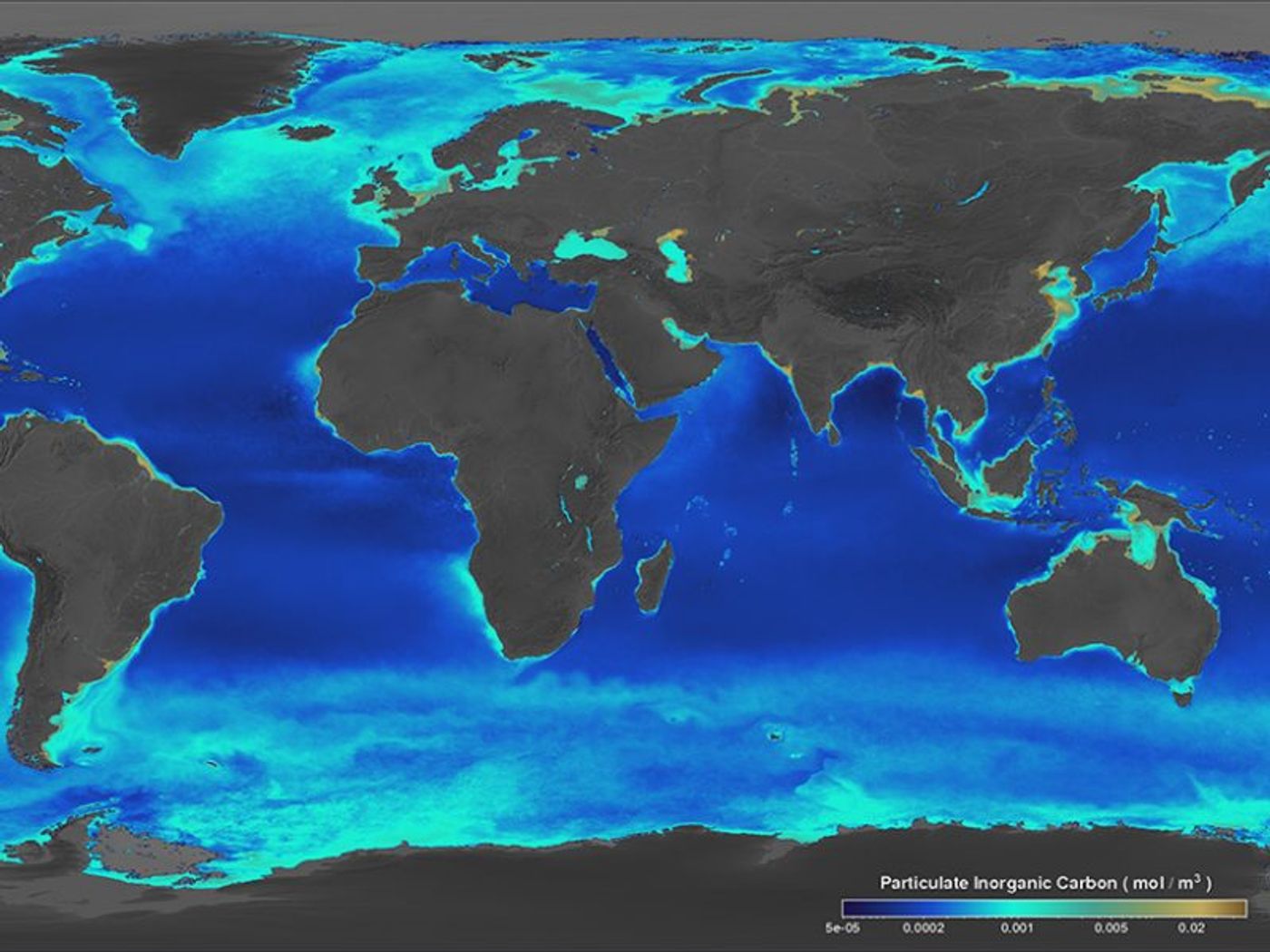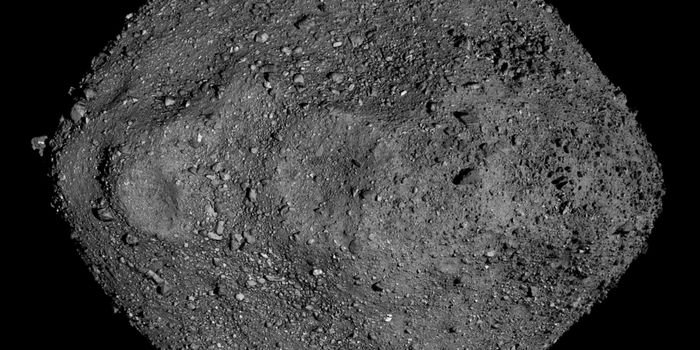Huge phytoplankton bloom covers Southern Ocean
In a new study published in the journal Biogeosciences, scientists shed light on the oceanic conditions that have allowed for a summertime bloom of algae so large that it covers 16% of the ocean. The area in the Southern Ocean where this bloom grows is called the Great Calcite Belt because of the coccolithophores and phytoplankton that thrive there. In fact, it is possible to see the expanse of the belt in satellite images because the coccolithophores’ tiny structures of calcium carbonate reflect light like mirrors! For a time now, scientists have been attempting to better understand what factors are behind the summer bloom.
"The links between ocean chemistry and populations of coccolithophores and diatoms are not straightforward," said lead author Helen Smith. "To fully understand the interplay between these two important phytoplankton groups and the ocean environment, we had to maintain a holistic approach to data collection and analysis."
In doing so, the team of researchers collected samples from the upper mixed layer of the ocean during two different cruises, one to the South Atlantic sector in January of 2011, and one to the South Indian sector in February of 2012. Using scanning electron microscopy, they looked at the species composition of coccolithophores and diatoms throughout the regions and determined how different environmental factors such as sea surface temperature (SST), salinity, carbonate chemistry, alkalinity, dissolved inorganic carbon, and macronutrients affected species composition. They found that SST, nutrient levels, and carbon dioxide concentration were the most influential factors in species composition. They also saw that dissolved iron affected the size of plankton populations.
"All phytoplankton need iron to grow, and it is generally in short supply in the Southern Ocean," said Ben Twining, one of the researchers on the study. "Coccolithophores -- but not necessarily diatoms -- were more abundant at locations with elevated iron."
"No single environmental factor was responsible for the variability in phytoplankton in our study, which highlights the complexity of coccolithophore and diatom success within the summertime Great Calcite Belt," Smith said.
The complexity of the region extends to its role in the carbon cycle. In the process of building their structures, coccolithophores remove carbon from the water while also releasing carbon dioxide into the surface ocean and atmosphere. "When we steam through the Great Calcite Belt, we see that there are hot-spots of elevated carbon dioxide, in a place that remains generally a major carbon sink," said co-author Nicholas Bates. Understanding these hotspots and their relationship to carbon cycle models for the global ocean is critical to predicting carbon levels in our warming world.
Another interesting connection is how the Great Calcite Belt affects other regions closer to the equator. Because the cold surface water in the Great Calcite Belt region sinks beneath the warmer, less dense water to the north and later surfaces near the equator some decades after, it acts as a transportation system for nutrients. These nutrients are crucial for microscopic plant growth in the tropics and subtropics. "We think that the phytoplankton of the Great Calcite Belt fundamentally condition this water before it sinks, shaping what will grow near the equator when the water surfaces decades later," Balch said.
The dynamics, factors, and consequences of this region still require much study, say the authors, which is why they will be continuing their research in 2019 and 2020 in the Indian Ocean.
Sources: Science Daily, Biogeosciences









